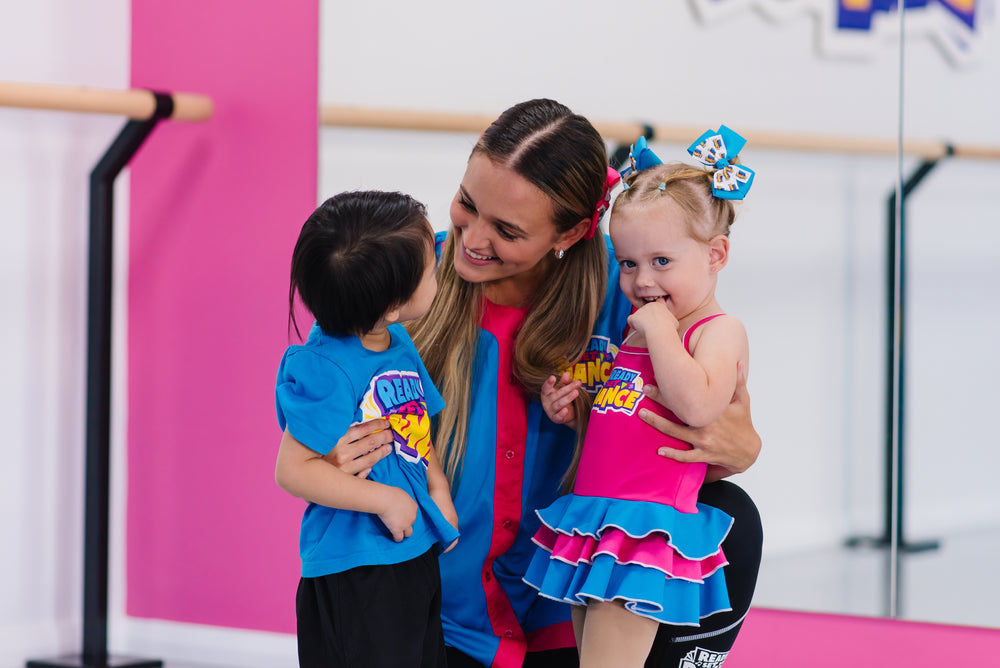
How Dance Helps Kids with Additional Needs
That sense of belonging. That feeling that you’re no different to anyone else. We all want to feel that. Dance is one of those activities that allows you to be in the moment, to get caught up in the music, and escape the daily challenges, if only for a short while.
Dance incorporates the balance, understanding and
coordination of the body. For decades the evidence reports that dance is an
integral art for children to be involved in because of the endless benefits. So
how does dance help kids with special and/or additional needs?
Read on to understand what dance offers children with
special and/or additional needs and how this helps their physical, social and
emotional development.
There are many benefits of dance including improved health, and prevention of chronic disease (Barr and Shield, 2011).
The physical gains include:
the increase in physical fitness (May, et al., 2019). Children can get to and maintain a healthy body weight. Dance can be quite a vigorous activity, increasing endurance whilst having fun! Children can come to class, get their heart rate up, whilst having a good time and feeling included.
the improvement in flexibility, balance, strength, and
coordination. Dance has a positive influence on the mobility of the body. Being
stationary is common for children with disabilities, consequently causing
concern for their bodies. Dance may reverse muscle deterioration and assist in
body strengthening and flexibility. Motor skills are also developed with dance
because it focuses on strength and coordination, therefore impacting on posture
and balance. All crucial elements for children with special needs.
Dance benefits them socially by:
encouraging independence. Children with special needs feel
like they are a part of their learning; encouraged to do something for
themselves. This growing independence enhances their confidence and self-esteem
and may assist in social interactions with their peers.
increasing their confidence and self-esteem. Being a part of
a group environment where learning dance and having fun is encouraged increases
positive thoughts about themselves. So, self-esteem and confidence increase and
contribute to helping children cope with mistakes.
learning in a fun and non-threatening environment. An
environment where children with special needs feel safe and included assists
them to learn and grow as an individual.
assisting them to connect with others. More than likely
other children around them are in the learning process and have not yet
mastered particular skills. This helps them connect with other children to
strive for that shared result, so may promote better social and interpersonal
skills. This also allows children to expand their social circle and create
space for peer acceptance (Zitomer, 2016).
building resilience. With peers as role models, children
with special needs have the opportunity to watch other children repeat steps
and try again, which can support their growth in resilience and empowering them
to have another go.
Often children with disabilities live in the shadow of their
regular peers. This may lead to overlooked and preventable exclusion, that can
have a detrimental effect on the child’s wellbeing. They sense deeply and begin
to understand that they have difficulty with some things whilst observing that
others do things with less effort. The gift of dance can support the emotional
development in children with special needs by:
involving music, space and time. These three elements
combined with movement supports and develops the cognitive and emotional state
as well as improve the sensory state of dancers with disabilities.
By Voula Valanidas

About VOULA VALANIDAS
Voula Valanidas is passionate about educating and supporting individuals, and empowering and advocating for children with special and/or additional needs and their families. She specialises in autism spectrum disorder (ASD) and come with decades of experience. With a Master of Special Education and a Master of Autism, Voula is a trained therapist in the Early Start Denver Model (ESDM) and an empirically based early intervention model for children aged 0-5 years of age. Voula is the Director of Lift Off Early Intervention and her organisation is a proud sponsor of the Embrace Kids Foundation which she is also a Board Member.

